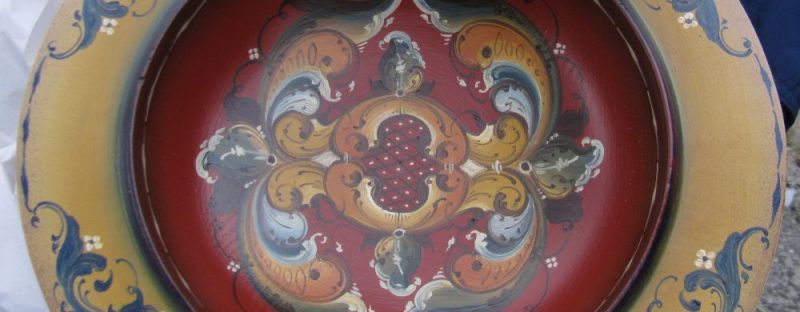Say No to plastic! That is our new mantra, right?
When we think Green bags, what comes to mind? Those ugly, bland ones in garish colours, with some corporate log stamped all over it, offering fresh promotions to someone other than you. They might be practical, but more often, ugly. Or they get dirty and you can’t erase the marks, no matter what detergent you use.
Furthermore, I am inclined to prefer to drink my own ‘home-grown’, filtered water, rather than tap water, at my workplace, and thus, carry several drinking flasks to work, which becomes unwieldy in a regular handbag. My local, liquor store carry-bags have several interior compartments that are just perfect for holding bottles of wine, or, in my case, stainless steel drink flasks. Normally I carry 2-3 of these water flasks, which clank around noisily as I walk, and get dented or scratched in a normal tote bag.
However, carrying Liquor store carry bags into work each day, gives out the wrong message to my colleagues. “Look at her: she just can’t keep out of the Liquor store!!” I could almost hear it whispered about in the corridors of my workplace, each day. There had to be a better approach, I thought.
I have already shown you how to create a new shopping bag out of old clothes and fabric scraps here in this tutorial, but another solution to going plastic free and reducing plastic waste is to “Upcycle” the ‘green’ bags, by adding a pretty fabric cover which is machine washable. This gives me the chance to use some pretty fabric from my stash and get a stylish tote bag in the process. Here is how I did it:
Step 1
Grab some iron-on batting or interfacing, and a piece of pretty fabric (slightly larger than the bag’s measurements) or two, that is if you want to add a pocket on the outside to hold keys, phone etc etc.
Step 2
Try out a few combinations until you are happy with the contrast of fabrics and colour schemes. Keep in mind they should complement the colour of the green bag itself.
Step 3
Cut a piece of interfacing the dimensions of the bag. Now cut the fabric to fit the bag not forgetting to add a 1/4 inch hem allowance on all sides. I find it works better if I iron the hem allowance under, before I sew it. Tacking also helps keep the fabric in place. It will be impossible to sew the complete four sides of the bag, with the machine, as the bag is already assembled. So some hand sewing will be required in those places that your sewing machine foot cannot reach.
Step 4
If you are attaching a pocket, cut, trim and hem before you sew the fabric to the front and or back of the bag. Iron on the interfacing etc…. you already know how to do this….
Sewing in progress.
Tip: Use a strong/thick needle for sewing this bag. They make them tough and that will break a #80/90 gauge sewing needle.
Step 5
Repeat on the back side of the bag. As I said, use a strong/thick needle for sewing this bag. They make them tough and it will break a #80/90 gauge sewing needle.
Step 6 (optional)
The pocket looked a bit plain, so I added a heart motif applique, for contrast.
That’s it…. all done, and I do like to take this everywhere now. Holding my lunch and water allowance for each and every work day. The bag fits in at the workplace in a way the Liquor shop carry- bag did not!!!
I hope this gives you some ideas to ponder about.
















































